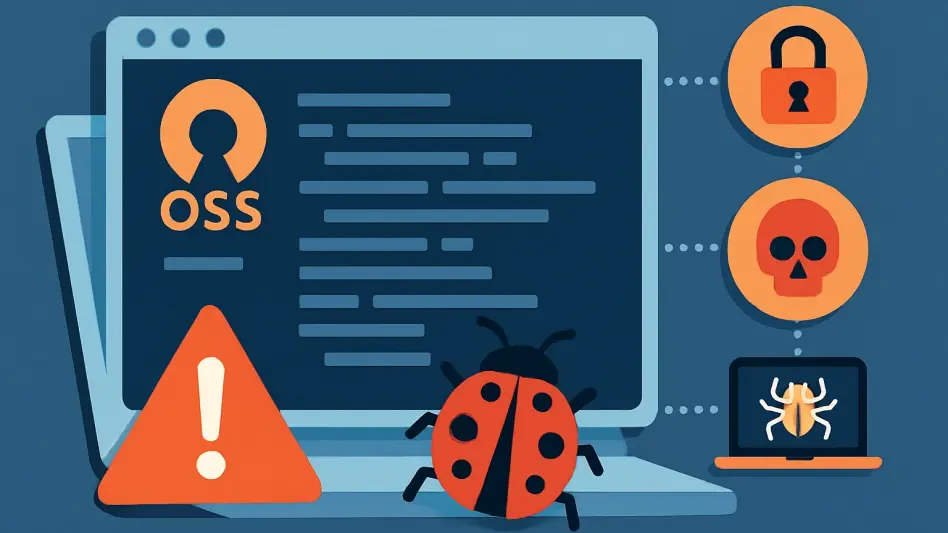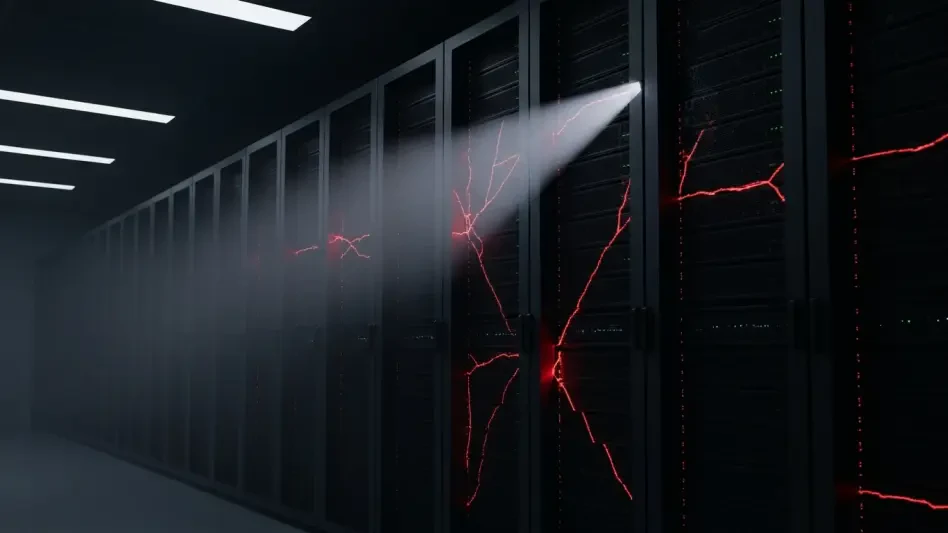Open-source software has become an integral part of the digital landscape, powering everything from the browsers used daily to the critical infrastructure that keeps businesses operational across the globe. Despite its widespread adoption, many security leaders tend to overlook the potential dangers lurking within this code, treating it as just another component of their environment rather than a priority for scrutiny. This oversight can lead to significant vulnerabilities that threaten organizational security. A recent study by a researcher from Ritsumeikan University, James Cusick, has shed light on the hidden risks embedded in the code that millions rely on every day. By examining both open-source and proprietary software through extensive scanning, the findings underscore a critical need for static code analysis as a cornerstone of any robust security strategy. This exploration reveals not just the prevalence of issues, but also the urgent necessity for proactive measures to mitigate risks before they escalate into serious threats.
1. Unveiling Vulnerabilities: Open-Source vs. Proprietary Code
The scope of the study was comprehensive, focusing on two distinct open-source projects to provide a broad perspective on code security. Chromium, the foundational code for popular browsers like Chrome and Edge, represented a massive, widely recognized project with millions of lines of code under scrutiny. In contrast, Genann, a smaller neural network library, offered insight into less extensive but still critical software. Alongside these, several proprietary SaaS applications from a single company were analyzed to draw a direct comparison. The results painted a varied picture of vulnerability distribution across these different types of software. Chromium revealed 1,460 potential issues across nearly six million lines of code, though only a small fraction were deemed critical or high severity. Genann, however, showed a denser concentration of problems, with six issues in just 682 lines, equating to roughly one issue per 27 lines. These disparities highlight how scale and community oversight do not necessarily equate to fewer risks in open-source projects.
Delving deeper into the proprietary software, the analysis uncovered around 5,000 issues within nearly three million lines of code, with most classified as medium or low severity. Notably, the risk levels fluctuated significantly among individual applications within this group, suggesting that even internally developed software is not immune to inconsistency in security quality. This comparison between open-source and proprietary code emphasizes a critical point: vulnerabilities are pervasive regardless of the development model. While open-source projects benefit from community scrutiny, they can still harbor hidden flaws, sometimes at a higher density in smaller libraries. For security professionals, these findings serve as a reminder that assumptions about the inherent safety of any codebase—whether open or closed—can be dangerously misleading. The necessity for thorough, systematic scanning becomes evident as a means to uncover and address these issues before they can be exploited by malicious actors.
2. Navigating the Supply Chain Minefield
For chief information security officers (CISOs), the study’s findings spotlight a pressing challenge in the software supply chain. Open-source components are frequently integrated into systems without rigorous vetting, often under the false assumption that widely used projects like Chromium are inherently secure due to their large contributor base. However, even these well-supported projects can conceal vulnerabilities that pose significant risks if left unchecked. Cusick’s advice is unequivocal: no open-source code should be trusted without personal review or scanning. He likens integrating unverified code to driving a vehicle without confirming the brakes function—a reckless gamble with potentially catastrophic consequences. With modern tools capable of scanning millions of lines of code in mere minutes, there is little excuse for bypassing this critical step to evaluate risk exposure and make informed decisions about accepting or mitigating identified vulnerabilities.
The dangers amplify when unscanned open-source libraries are deployed within an organization’s environment, introducing hidden weaknesses that become increasingly difficult to track or update over time. This problem is particularly acute in architectures relying on microservices and cloud-native setups, which heavily depend on open-source components. Once embedded, these flaws can serve as entry points for attackers, compromising entire systems. To counter this, CISOs must ensure that every open-source element is scanned prior to deployment and regularly thereafter as updates are released. Equally important is establishing a clear process for prioritizing and remediating the most severe issues swiftly. By adopting such proactive measures, organizations can significantly reduce the likelihood of supply chain vulnerabilities escalating into major security incidents, safeguarding their digital assets against threats that might otherwise go unnoticed until it’s too late.
3. Crafting a Robust Development Security Framework
The research provides a detailed blueprint for embedding static scanning into a secure development lifecycle, drawing from over a decade of industry best practices. This guide outlines key steps for implementation, starting with selecting appropriate scanning tools tailored to specific development needs. Next, it involves retrieving code from repositories for analysis, followed by executing scans to detect potential vulnerabilities. The final step emphasizes collaboration with development teams to review findings and address issues effectively. A crucial takeaway is the importance of continuous scanning—every update, feature addition, or code change introduces the potential for new flaws. Integrating scanning tools directly into development pipelines enables teams to identify problems early and at scale, minimizing the window of opportunity for exploitation and enhancing overall software integrity throughout the development process.
Another significant aspect of this framework is the evolving role of artificial intelligence (AI) in vulnerability detection. While AI tools are increasingly viable for scanning, they are not a complete solution, lacking the ability to detect every issue or automate the entire scan-and-fix process. Human judgment remains essential for prioritization, iterative testing, and remediation, especially when resources are constrained or release schedules are tight. Cusick notes that AI’s future potential lies in specialized applications, such as optimizing vulnerability detection separately from code remediation. When combined with human expertise, these tools can offer substantial benefits over manual processes. However, organizations must temper expectations, recognizing that technology alone cannot replace the nuanced decision-making required to balance security needs with operational demands. This balanced approach ensures a more resilient development environment.
4. Fortifying the Future: Lessons Learned from Scanning Practices
Reflecting on the insights gained, it becomes clear that open-source software, while indispensable to modern business operations, carries inherent risks that demand vigilant oversight. Companies have often underestimated the vulnerabilities hidden within these widely used components, assuming safety in numbers or community support. The detailed scans conducted revealed that such assumptions were misplaced, as even the most prominent projects harbored flaws that could have been exploited if left unaddressed. By prioritizing static scanning, many organizations managed to uncover these issues before they escalated, preventing potential breaches that could have disrupted operations or compromised sensitive data. This proactive stance proved to be a game-changer in maintaining robust security postures.
Looking ahead, the path forward involves integrating scanning into both development and procurement processes as a non-negotiable standard. CISOs are encouraged to champion policies that ensure every piece of code—open-source or otherwise—is thoroughly vetted before deployment. Regular re-scanning and updates to scanning tools are also deemed critical to keep pace with evolving threats. Additionally, fostering collaboration between security and development teams emerges as a vital step to streamline remediation efforts. By enhancing visibility into the software supply chain through these measures, businesses can significantly reduce the impact of hidden vulnerabilities, paving the way for a more secure digital ecosystem where trust in code is built on evidence rather than assumption.








